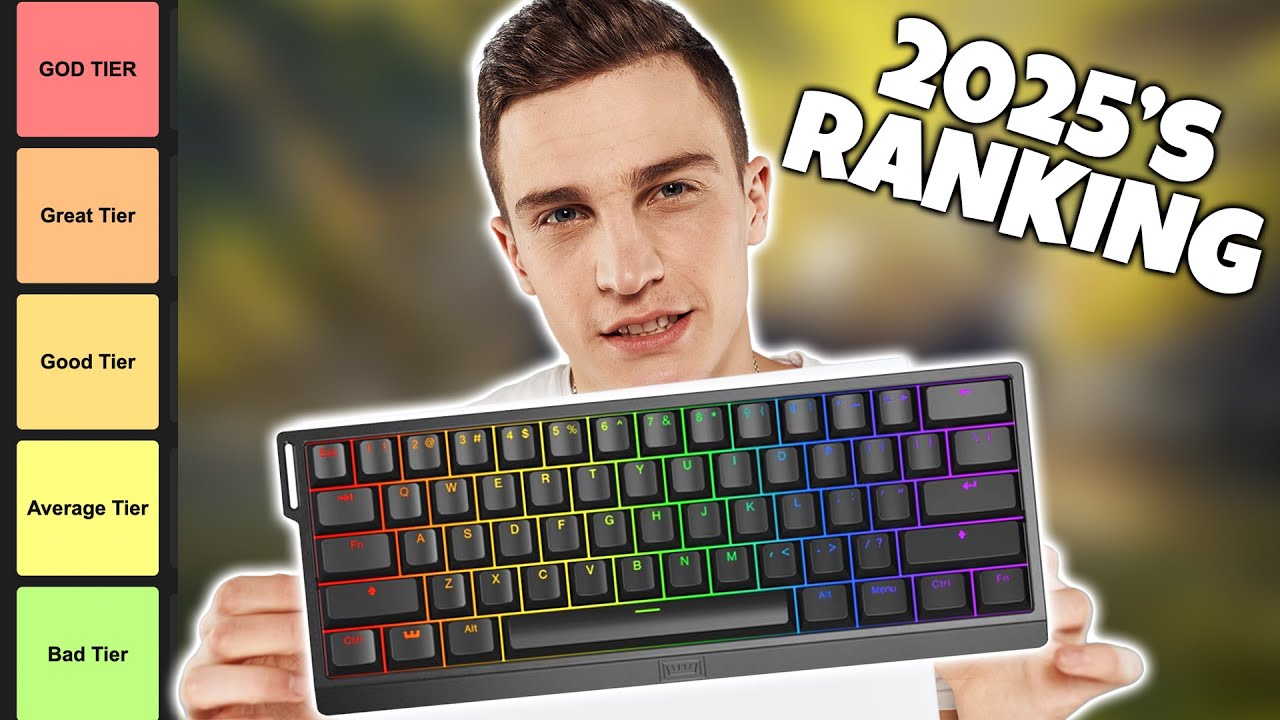How to choose the perfect graphics card
It may seem easy, but the truth is that choosing the perfect graphics card for your future computer is much more complicated than you think. Although at first glance it may seem enough to choose one that suits your budget, it goes much further. Graphics cards have become a fundamental piece when configuring a computer, where in such a competitive market, the NVIDIA brand has managed to be one of the most reliable and innovative.
So, with so much competition, to choose the best possible option you have to maintain an objective opinion and be informed so as not to fall into impulsive decisions. Therefore, in this guide, we are going to cover all the important aspects to help you find the ideal NVIDIA graphics card that best suits your needs.

What should be taken into account when choosing a perfect graphics card according to your needs?
Compatibility with your equipment
Compatibility, one of the keys when choosing a graphics card. It is essential to check if the other parts of your PC have the capacity to handle the graphics card you are thinking of purchasing.
It is very important to make sure that your processor, power supply are suitable for the graphics card you plan to buy, since a balanced combination guarantees optimal performance and avoids compatibility problems.
Expected use
The purpose for which you are going to use the graphics card can define which model will best suit your needs. If your goal is to play in 1080p resolutions, you don’t need the same power as playing in 4K or performing video editing and 3D modeling tasks.
For 1080p gaming, a mid-range graphics card may be more than enough, while for 4K gaming or professional applications, you will need a higher-end graphics card.
Characteristics of NVIDIA graphics cards, key elements to look at.
As you have seen, it is an essential component when setting up a new computer, but you will also have seen that in the context of NVIDIA graphics cards, there are a lot of acronyms and nomenclatures that detail the technical specifications of each product.
NVIDIA’s graphics card catalog is one of the most extensive on the market and has accumulated multiple generations over time. But, with so many options available, it’s easy to feel a little lost, right?
So, let’s see all the characteristics that these present to choose the best possible option.
Product lines
First of all, we find 4 main product lines that differentiate the purpose for which they will be used:
GeForce GTX-RTX: These are NVIDIA graphics cards focused on general consumption, as they prioritize performance in video games.
GeForce TITAN: These are graphics cards that are aimed at both the general consumer and the professional sector.
NVIDIA Quadro: These are NVIDIA’s professional graphics cards. Aimed primarily at designers, creatives, architects, and those who render in 3D.
NVIDIA Tesla: Like the Quadro, they are professional NVIDIA graphics cards. Oriented to the scientific sector and Deep learning or machine learning tasks, since they have greater power working with FP64.
GTX vs RTX
As we have seen, there are many lines within the NVIDIA range. The TITAN, the QUADRO and the TESLA have been quite clear to us, but what is the difference between a GTX and an RTX?
It is essential to understand the nomenclature used by NVIDIA. The GEFORCE GTX and GEFORCE RTX are the company’s general consumer graphics cards par excellence, so before starting, it is important to clarify three previous aspects:
GTX : Refers to models that offer optimal performance for games.
GT : Represents models with lower performance than the GTX.
RTX : High-performance models, higher than the GTX line, compatible with ray tracing.
NVIDIA’s GTX cards are the ones with the longest history. Initially, they were released as high-end options of certain GT models, but over time, NVIDIA realized the potential they had and focused exclusively on GTX cards as their main product line.
IT models
Later, the TI edition was introduced, on cards such as the GTX 1070 and 1080, but what do these acronyms mean? The TI nomenclature comes from the word “Titanium” and is used to indicate that a given graphics card is an updated version or with higher performance than its predecessor. So, does it matter if my graph doesn’t have the acronym TI?
It depends, if you’re worried about the price of your new graphics card, graphics cards without the TI designation may be better suited to your budget. On the other hand, if performance is your priority and you have the necessary budget, an NVIDIA with the TI name may be the right choice for you. It’s also worth noting that these cards typically offer almost as high performance as the next model at a substantially lower cost.
The range of NVIDIA graphics cards
Now that we are clear about the whole issue of product lines, we have to explain what the ranges are. The number that follows the generation helps us identify the range to which a specific graphics card belongs. For example, on the GTX 1080, the generation would be “GTX 10” and the range “80”, however, on an RTX 4070, the generation would be “RTX 40” and the range “70”. These ranges go from low to high depending on the power and quality they have.
What are the key graphic elements of games when choosing a graphics card?
The general user, when evaluating the performance of a graphics card, relies on the visual quality they experience while gaming. Within this visual quality, there are three main elements to consider: resolution, graphic quality and FPS. They are all closely related to each other, since it is possible that if we try to improve one, we may sacrifice other aspects.
When choosing your graphics card, you have to look at the maximum resolution that your monitor allows, normally this usually varies between 720p, 1080p, 2K or 4K. But be careful, if you choose a graphics card that allows you to play games in 4K and you have a monitor that you would not be wasting its full potential.
Secondly, when we talk about graphic quality, we refer to the number of visual elements that a game offers. This includes details such as shadows, lighting, rendering, ray tracing… Therefore, depending on the quality of graphics you want when playing a game, one range or another is better.
On the other hand, FPS represents the refresh rate at which the game runs. 60 FPS are ideal for playing at a higher level in online games, where a higher refresh rate can give us competitive advantages, that is why, as I mentioned before, the higher quality the graphics card, the higher FPS we will be able to play.
Our recommendations so you can find your ideal NVIDIA graphics card.
GeForce GTX 1650
The GeForce GTX 1650 graphics card delivers powerful performance in high-demand games, with the ability to render 1080p graphics in impressive quality. This option is ideal for gamers looking for a smooth, high-quality visual experience without compromising the budget.
GeForce RTX 3050
The GeForce RTX 3050 graphics card is a versatile choice for gaming enthusiasts, with advanced ray tracing capabilities and optimized performance for modern games. With its next-generation Ampere architecture and 2,048 CUDA cores, this card offers a smooth gaming experience. and immersive in resolutions up to 1440p. With 8GB of GDDR6 memory, it delivers exceptional performance in both gaming and editing applications.
GeForce RTX 3060
The GeForce RTX 3060 is a mid-range graphics card designed to deliver exceptional performance in high-end gaming and creative applications. With its enhanced Ampere architecture and 3,584 CUDA cores, this card delivers a smooth and immersive gaming experience at resolutions up to 4K. Equipped with 12GB of GDDR6 memory, the RTX 3060 ensures exceptional performance even in the most intensive workloads.
GeForce RTX 4060 Ti (8GB)
The GeForce RTX 4060 Ti is a high-end graphics card designed to meet the demands of the most demanding gamers and design professionals. This card not only offers top-notch performance but also delivers impressive visual quality even at 4K resolutions. Equipped with 8GB of GDDR6X memory, the RTX 4060 Ti ensures a smooth and immersive gaming experience even at the most demanding settings.
GeForce RTX 4070
It is a top-of-the-line GPU designed for elite performance in both gaming and heavy applications. This graphics card ensures that your gameplay is not only smooth but also visually stunning. Thanks to its RTX technology and a resolution of up to 4K, it creates an unmatched immersive gaming experience for those looking for a high-end game at a not so exorbitant price.
GeForce RTX 4080
It is a high-performance graphics card designed to meet the demands of the most demanding gamers and professional content creators. This card offers 40% higher performance than its predecessor, the RTX 3080 Super. This graph allows you to quickly load high-resolution textures and handle complex scenes with ease. In addition, with DLSS 4.0 and RTX technologies it offers exceptional visual quality and impressive realism in all games.
GeForce RTX 4090
It is NVIDIA’s flagship graphics card, designed to deliver maximum performance in extreme gaming and professional rendering and video editing applications. This card offers extraordinary performance in all aspects. Equipped with 48 GB of ultra-fast GDDR6X memory, it guarantees exceptional performance even in the most demanding workloads. With support for resolutions up to 8K and a refresh rate of up to 480 Hz, this card provides an unparalleled gaming experience in every way.

With years of experience in technology and software, John leads our content strategy, ensuring high-quality and informative articles about Windows, system optimization, and software updates.











![7 Common Windows 10 Errors And How To Fix Them [2020] - TechDipper](https://windows12download.com/wp-content/uploads/2023/04/Windows-10-Errors-300x169.jpg)

Post Comment
You must be logged in to post a comment.